Acaricides
Acaricide is a kind of pesticide, which is specially used to prevent and control the harmful acarids in the arachnids. Such as Nisuo Lang, bromide mite, dicofol, dicofol, four mites, triazole tin, single formamidine, thiophene ketone, quinacridone, mite net, speed mites, etc. Most acaricide with contact action or systemic effect in different developmental stages of mites often show some selectivity, some acaricides on adult mites, young mites and eggs are effective, some can only kill mites and eggs invalid, some can only kill eggs, known as the ovicidal agent.Appropriate acaricides should be selected based on the type of mite and the period of control. Such as tetradifon has a strong contact effect on the mite eggs and larvae, but the effect of adult mites poor. A variety of organophosphorus insecticides, such as omethoate, monocrotophos, isocarbophos, also has acaricidal effect, and can be used in rotation with acaricides to prevent resistant mites or delay the production of drug resistance. After the experiment, Acaricides can be used together with pesticides and fungicides to combat a variety of pests and mites.
In 1944, the United States StaufferChemical Co. developed the one-chlorimicarb sulfone, which only acaricidal effect. Since then, the rapid development of special acaricide, new varieties continue to emerge. The main acaricides appearing in each period: in the late 1940s, there were dinocap, neotran, chlorfenson, aramite. In the 1950s, there were dimite, benzilan, three dicofol, three chlorocide sulfone. In the 1960s, there were binapacryl, dinobuton, propargite, morestan, bromopropylate, chlorfensulphide, Chlordimeform, cyhexatin. In the 1970s, there were citrazon, fenbutatin oxide, azocyclotin, amitraz, phenproxide. In the 1980s, there were acaridyl ether, thiophene, clofentezine, nisolang. In order to solve the problem of the rapid development of resistance to insecticides, people are constantly studying and developing a new type of insecticide, which can prevent and cure the insecticide resistant mites. In order to reduce the pollution of pesticides on the environment, it is a direction to develop high efficient acaricide. Nisorang's successful development is a good example. It is effective in the prevention and control of mites concentration of only 30-50 mg / L, valid for 60 to 70 days.
There are more varieties of acaricides, mainly organic chlorine, organic sulfur, nitrobenzene, organic tin, amidine, heterocyclic. Other types include sulfur, dinitrophenols, diphenyl alcohols, diphenoxymethanes, diphenylsulfonates, diphenylsulfonates, sulfinate esters, diphenyls Quinolines, sulfonamides, hydroxamates, amidines, benzimidazoles, phenylhydrazones, organotins, antibiotics, etc.
Acaricides are mostly low toxicity, relatively safe for humans and animals. The resistance rate of mites to the insecticide is relatively fast. There is usually no cross-resistance between different types of acaricides. In order to control drug-resistant mites and delay the development of resistance to mites, we should pay more attention to rotation use of different types of acaricide or mixed use. The existing acaricides have no absorption and conduction, spraying must be uniform and thoughtful. Some acaricides kill egg activity is high, do not kill into mites, and some are opposite, so the use of such two types of drugs often can improve the activity of killing mites. Special acaricides multi no killing effect.
- Structure:
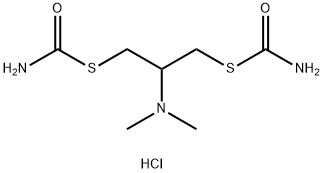
- Chemical Name:Cartap hydrochloride
- CAS:15263-52-2
- MF:C7H16ClN3O2S2
- Structure:
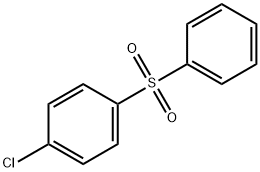
- Chemical Name:Sulfenone
- CAS:80-00-2
- MF:C12H9ClO2S
- Structure:
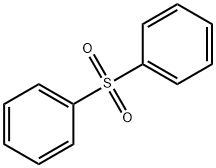
- Chemical Name:Diphenyl sulfone
- CAS:127-63-9
- MF:C12H10O2S
- Structure:

- Chemical Name:Bromopropylate
- CAS:18181-80-1
- MF:C17H16Br2O3
- Structure:
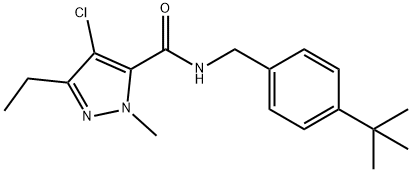
- Chemical Name:Tebufenpyrad
- CAS:119168-77-3
- MF:C18H24ClN3O
- Structure:
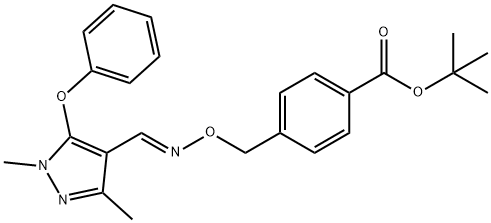
- Chemical Name:Fenpyroximate
- CAS:134098-61-6
- MF:C24H27N3O4
- Structure:
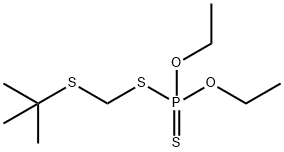
- Chemical Name:Terbufos
- CAS:13071-79-9
- MF:C9H21O2PS3
- Structure:
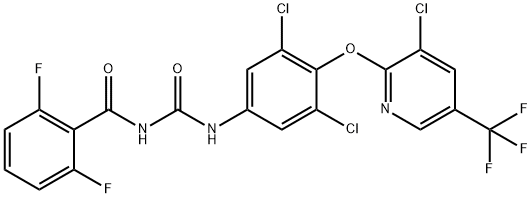
- Chemical Name:Chlorfluazuron
- CAS:71422-67-8
- MF:C20H9Cl3F5N3O3
- Structure:
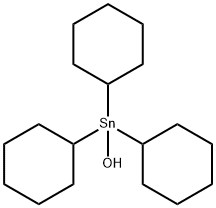
- Chemical Name:Cyhexatin
- CAS:13121-70-5
- MF:C18H34OSn
- Structure:
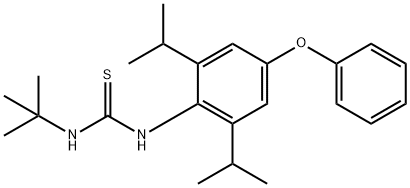
- Chemical Name:Diafenthiuron
- CAS:80060-09-9
- MF:C23H32N2OS
- Structure:
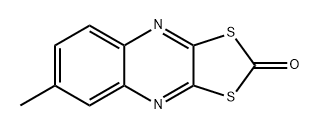
- Chemical Name:Chinomethionate
- CAS:2439-01-2
- MF:C10H6N2OS2
- Structure:
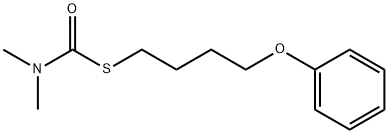
- Chemical Name:FENOTHIOCARB
- CAS:62850-32-2
- MF:C13H19NO2S
- Structure:
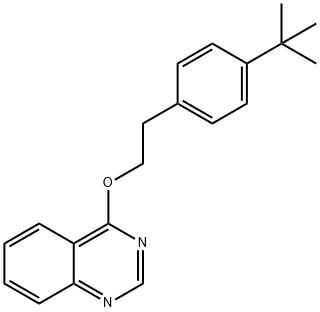
- Chemical Name:Fenazaquin
- CAS:120928-09-8
- MF:C20H22N2O
- Structure:
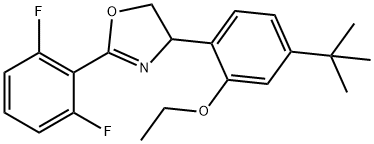
- Chemical Name:ETOXAZOLE
- CAS:153233-91-1
- MF:C21H23F2NO2
- Structure:
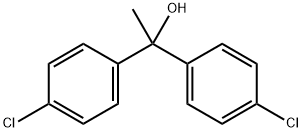
- Chemical Name:4,4'-DICHLORO-ALPHA-METHYLBENZHYDROL
- CAS:80-06-8
- MF:C14H12Cl2O
- Structure:
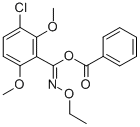
- Chemical Name:Benzoximate
- CAS:29104-30-1
- MF:C18H18ClNO5
- Structure:
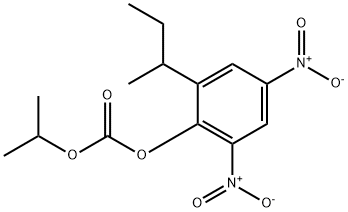
- Chemical Name:DINOBUTON
- CAS:973-21-7
- MF:C14H18N2O7
- Structure:
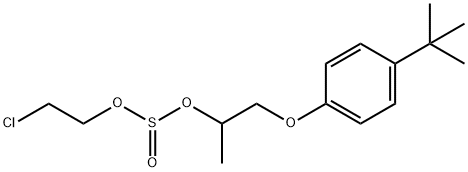
- Chemical Name:ARAMITE
- CAS:140-57-8
- MF:C15H23ClO4S
- Chemical Name:Propargite E.C.
- CAS:
- MF:C19H26O4S
- Structure:

- Chemical Name:TOLFENPYRAD
- CAS:129558-76-5
- MF:C21H22ClN3O2
- Chemical Name:Acaricide
- CAS:
- MF:
- Chemical Name:Fenbutatin oxide E.C.
- CAS:
- MF:C60H78OSn2
- Structure:
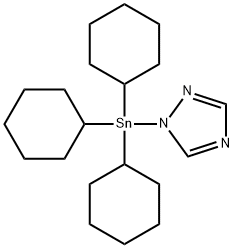
- Chemical Name:Azocyclotin
- CAS:41083-11-8
- MF:C20H35N3Sn
- Structure:
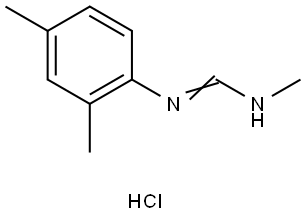
- Chemical Name:AMITRAZ METABOLITE HYDROCHLORIDE
- CAS:51550-40-4
- MF:C10H14N2.ClH
- Structure:
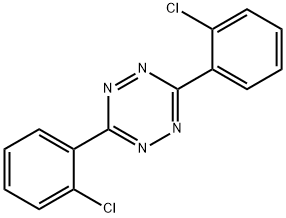
- Chemical Name:Clofentezine
- CAS:74115-24-5
- MF:C14H8Cl2N4
- Structure:
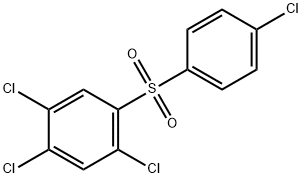
- Chemical Name:Tetradifon
- CAS:116-29-0
- MF:C12H6Cl4O2S
- Structure:
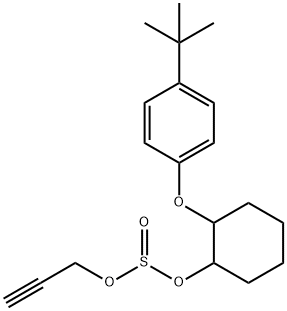
- Chemical Name:Propargite
- CAS:2312-35-8
- MF:C19H26O4S
- Structure:
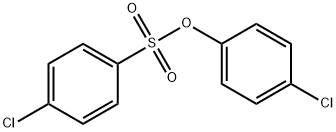
- Chemical Name:OVEX
- CAS:80-33-1
- MF:C12H8Cl2O3S
- Structure:
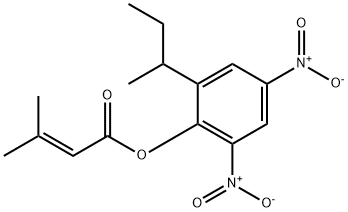
- Chemical Name:BINAPACRYL
- CAS:485-31-4
- MF:C15H18N2O6
- Structure:

- Chemical Name:CHLOROPROPYLATE
- CAS:5836-10-2
- MF:C17H16Cl2O3
- Structure:
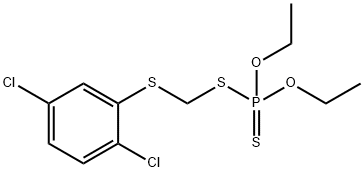
- Chemical Name:PHENKAPTON
- CAS:2275-14-1
- MF:C11H15Cl2O2PS3
- Chemical Name:Azocyclotin E.C.
- CAS:
- MF:C20H35N3Sn
- Chemical Name:Chlorfluazuron E.C.
- CAS:
- MF:C20H9Cl3F5N3O3
- Chemical Name:etoxazole100ug/ml
- CAS:
- MF:
- Structure:
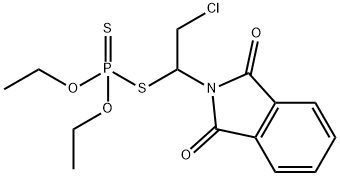
- Chemical Name:DIALIFOS
- CAS:10311-84-9
- MF:C14H17ClNO4PS2
- Structure:
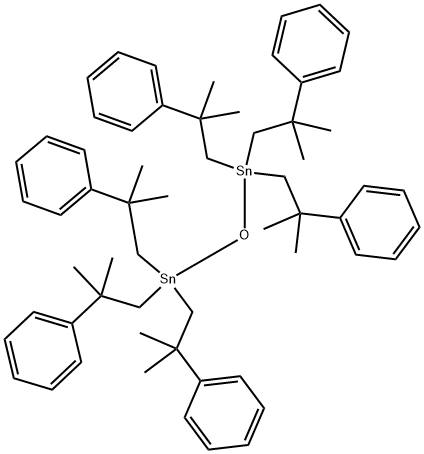
- Chemical Name:Fenbutatin oxide
- CAS:13356-08-6
- MF:C60H78OSn2
- Structure:

- Chemical Name:BIS-(4-CHLOROPHENOXY)METHANE
- CAS:555-89-5
- MF:C13H10Cl2O2
- Structure:
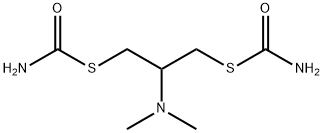
- Chemical Name:Cartap
- CAS:15263-53-3
- MF:C7H15N3O2S2
- Structure:
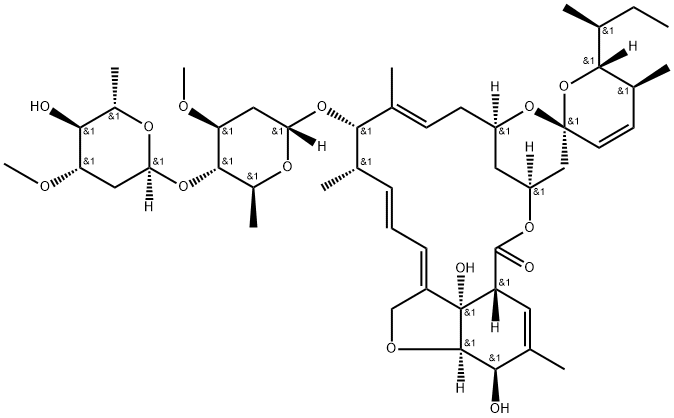
- Chemical Name:Avermectin B1a
- CAS:65195-55-3
- MF:C48H72O14
- Chemical Name:Triazophos E.C.
- CAS:
- MF:C12H16N3O3PS
- Chemical Name:Azocyclotin suspensoid
- CAS:
- MF:C20H35N3Sn
- Structure:
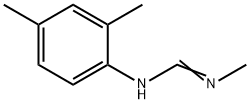
- Chemical Name:N-2,4-DIMETHYLPHENYL-N'-METHYLFORMAMIDINE
- CAS:33089-74-6
- MF:C10H14N2
- Chemical Name:Pirimiphos-methyl E.C.
- CAS:
- MF:C7H19N3PS
- Structure:
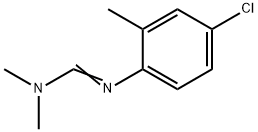
- Chemical Name:CHLORDIMEFORM
- CAS:6164-98-3
- MF:C10H13ClN2
- Structure:
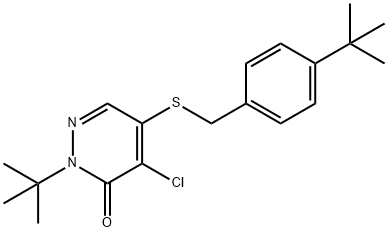
- Chemical Name:Pyridaben
- CAS:96489-71-3
- MF:C19H25ClN2OS
- Chemical Name:Pirimiphos-ethyl E.C.
- CAS:
- MF:C13H24N3O3PS
- Structure:
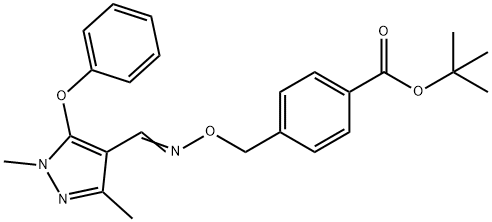
- Chemical Name:Fenpyroximate
- CAS:111812-58-9
- MF:C24H27N3O4
- Structure:
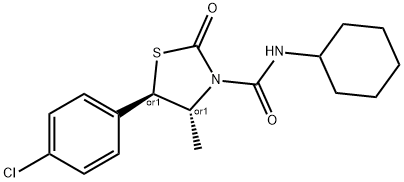
- Chemical Name:Hexythiazox
- CAS:78587-05-0
- MF:C17H21ClN2O2S
- Structure:
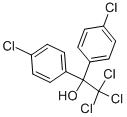
- Chemical Name:Dicofol
- CAS:115-32-2
- MF:C14H9Cl5O
- Chemical Name:Azocyclotin W.P.
- CAS:
- MF:C28H35N3Sn
- Structure:

- Chemical Name:Amitraz
- CAS:33089-61-1
- MF:C19H23N3